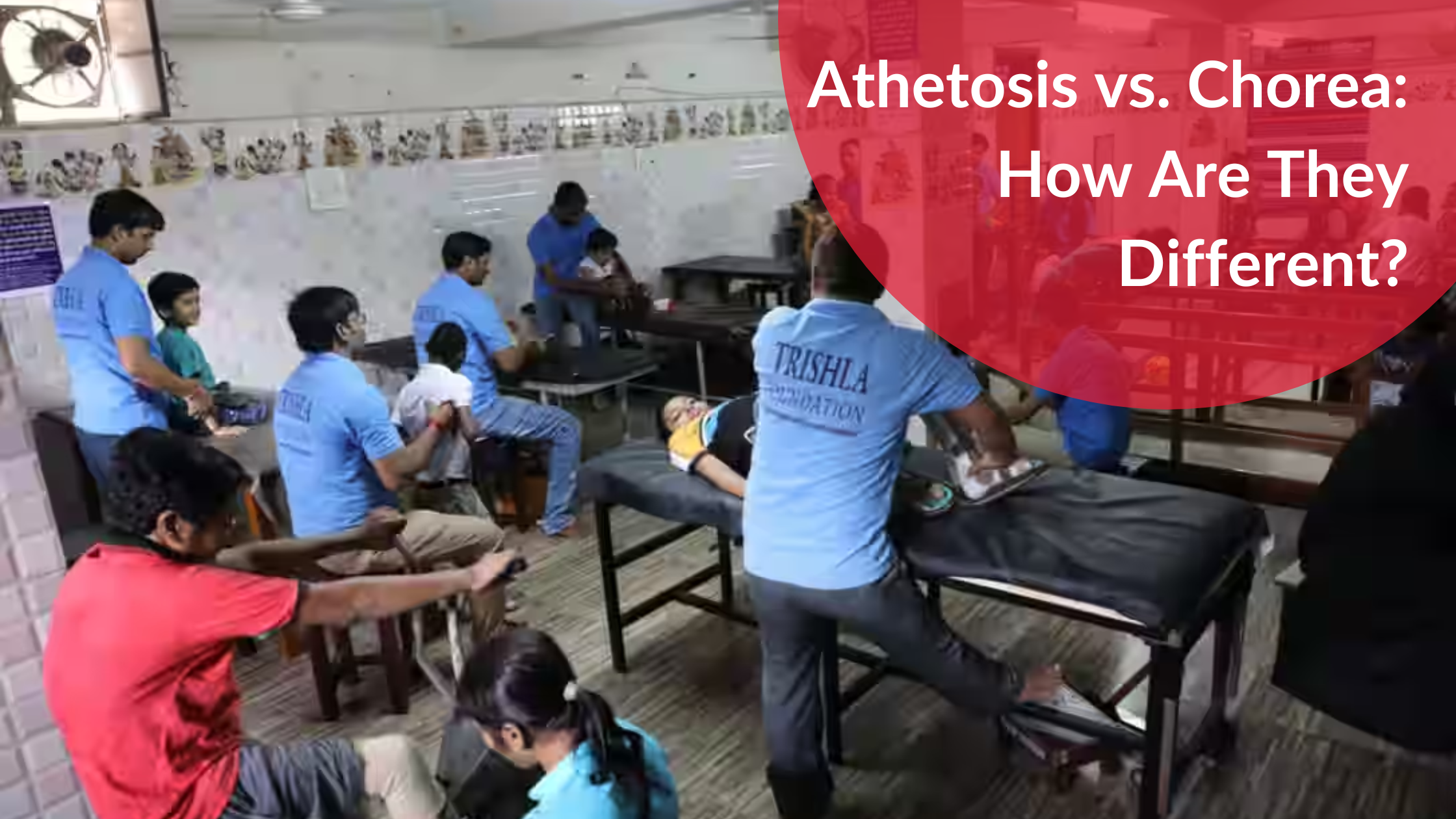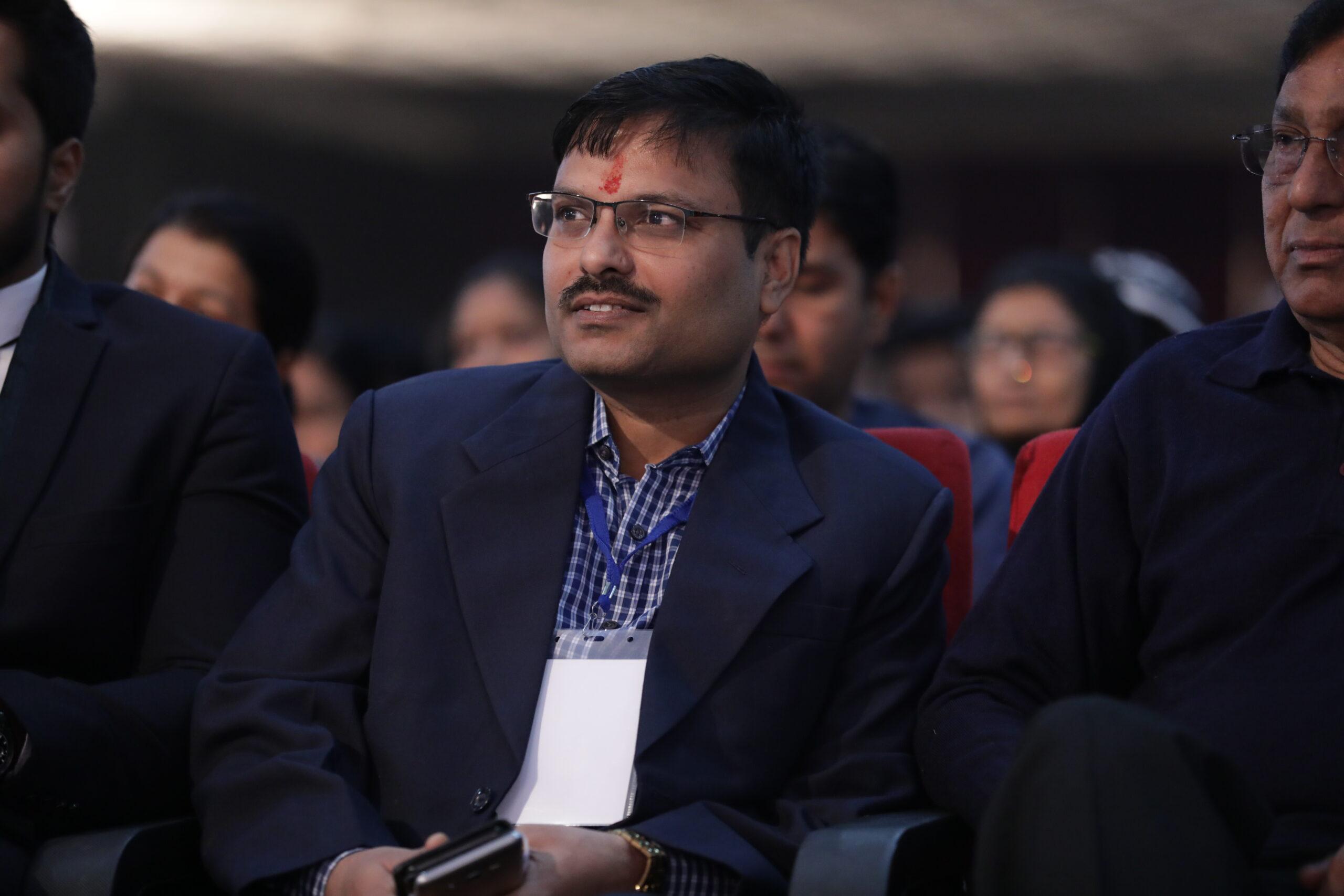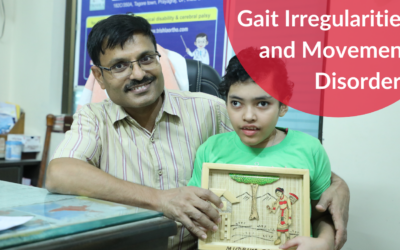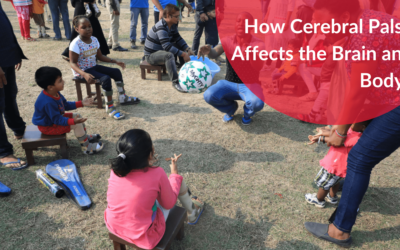Chorea and athetosis are two main types of involuntary movements that can happen in adults and children with neurological conditions such as cerebral palsy. Now, the movements have different features, and the most noticeable difference here is that athetosis appears slower. However, both conditions are types of hyperkinetic movement.
Here, hyperkinetic movement refers to unwanted or excessive movements in the muscles. They occur in those people who have neurological disorders. All the people think they are both the same, but there is a vast difference between athetoid cerebral palsy and Chorea. So, moving on, let’s discuss this.
Understanding athetosis
In the case of athetosis, continuous slow movements prevent a person from achieving a stable posture. Now, the movements are generally smooth and appear at random. However, they can worsen with attempted movements or even occur when the person rests. Now, here are the possible symptoms of athetosis include.
- Slow, involuntary writhing muscle movements
- Random and unpredictable changes in muscle movement
- Symptoms getting worse when attempting to perform a controlled movement
- Attempts to improve posture can make the movements worse
- Trouble talking or standing
Understanding Chorea
Chorea is a condition that results in involuntary, irregular movements that can range in severity from gentle to intense. Here is the term choreography because the experts describe the movements as sometimes appearing like dance movements.
Chorea is not generally the first or the only symptom the person can develop. It can develop when the person has a cognitive or neurological disorder such as cerebral palsy or a movement disorder like multisystem atrophy. It can even be a result of medication side effects. The person or the caregiver might notice the movements, and they will often be asked to watch for the symptoms. Sometimes, Chorea can become on gradually. The person and the support network must recognize that it is different and its underlying movements. They also recognize the difference when the movements get worsened.
In this case, the person will face difficulty holding objects even when concentrating. Now, here are the other signs or symptoms.
- Changes in behaviour
- Any muscle in the body is affected
- Cognitive changes
- Decreased control of tongue movements, which can result in difficulty swallowing or speaking
Knowing the similarities
Chorea and athetosis are both types of involuntary muscle movements. These movements can impact posture and the ability of the person to perform specific muscle movements. In both cases, the movements can worsen when attempting to control or move muscles. Both can result from injury or changes to the basal ganglia, medication, injury to the brain parts, or peripheral neuropathy.
A person may experience both movements at different times as a part of the condition or both movements simultaneously, also known as choreoathetosis.
The difference
The movements have some similarities, which can make telling them apart very difficult for the person or healthcare professionals. Several experts describe athetosis as a slower form of Chorea. With athetosis, the same body part may be repeatedly involved with Chorea. The movements are non-repetitive and randomly distributed throughout the body.
An old review of muscle movements suggests that the difference between the two movements lies more in their nature than in their speed or rhythmicity.
Causes
Numerous potential causes can lead to Cholea or athetosis. Both can occur with athetoid cerebral palsy, also known as dyskinetic cerebral palsy. This condition can result from damage to the basal ganglia, a part of the brain responsible for regulating voluntary movements, and other parts of the brain. Here are some possible causes of both conditions.
Athetosis
The causes of athetosis can vary significantly by age. There can likely be underlying causes in children, like early injury to the basal ganglia and other brain areas. Further, some conditions cause athetosis in childhood.
- Cerebral palsy
- Severe infection
- Encephalitis due to inflammation
- Head and neck trauma
Athetosis occurs in adults due to severe distal sensory loss. It is also known as pseudoarthrosis.
There are also other causes, which can include Parkinson’s disease, stroke, pregnancy, head and neck trauma, genetic diseases, etc. Occasionally, two variables may interact to cause athetoses, such as brain damage and medication.
Chorea
Chorea often occurs with Huntington’s disease, but there are several other disorders and underlying general conditions that can lead to the condition. This includes structural disease of the basal ganglia, Wilson’s disease, etc. At the same time, the other causes can include infections such as syphilis and HIV. Also, endocrine and metabolic conditions like hypomagnesia, hypoglycemia, neurological causes like stroke, drugs like cocaine, toxins such as mercury, carbon monoxide poisoning, cancer such as primary brain tumor, vascular tissues, and others can result in this medical condition.
The condition can start at a very young age, but the age of onset can differ significantly with various situations. Generally, older adults and children develop Cholera due to inflammatory, infectious, or even trauma-related causes. Due to Huntington’s disease, Cholera typically occurs in a person in their 40s or 50s.
Treatment
To be obvious and precise, treatment cannot cure either of the symptoms, but it can help manage the symptoms and muscle movements and address any underlying cause. Generally, healthcare professionals will use certain anti-convulsants to treat Chorea.
Medication will undoubtedly help reduce the symptoms, but it is essential to consider that they may have side effects. Talking with healthcare professionals to learn more about it will be helpful. Further, newer treatments such as deep brain stimulation and neural cell transplantation are still undergoing research. Still, they can also benefit patients in the future by helping them manage their symptoms better.
Conclusion
Management of the condition, no doubt, can be pretty tricky and challenging. However, if you are looking for good support to provide your child with athetoid cerebral palsy the care deserves, then you better get in touch with the Trishla Foundation. They have got certified and experienced professionals who will be able to handle things properly. They will guarantee your child receives the care he deserves and can see a better change in his life. Their professionals are well-worked and can provide customized treatment for the proper assistance.







